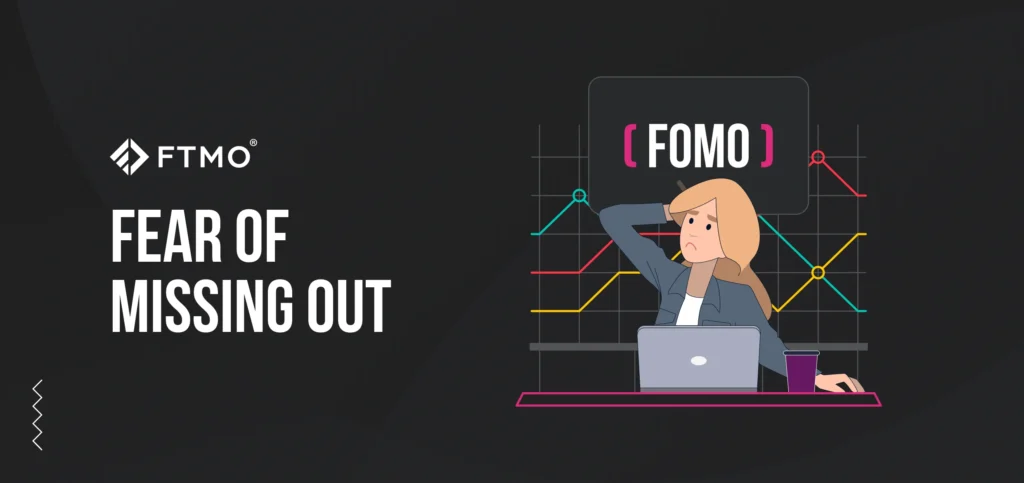Think That Telegram Project’s Legit? Here’s Your Fake Project Detection Guide
So, you’ve just joined a new crypto group on Telegram. Someone sends you a friendly message about a “hot new project” with “guaranteed returns.”
Sounds familiar?
Let’s be honest—Telegram is a playground for both real innovations and elaborate scams. And with everything moving at light speed, fake project detection has become a crucial skill for anyone in the space.
Not sure where to start? Don’t worry. We’ve all been there—eyes wide, wallet ready, and suddenly… things feel off. Here’s how to spot the red flags before you get caught up.
Check the Messenger Before the Message (Seriously)
Fake project detection starts with the source. Who’s sending the info?
- Is it a freshly made account with no history?
- Do they DM you without being prompted?
- Is their username full of numbers or strange spellings?
- Are they strangely… eager?
A legit project won’t rely on random strangers spamming your inbox. If the person pushing it can’t be verified, or dodges direct questions, that’s your first red flag.
Oh, and if they respond with voice notes using fake accents or weird urgency? Yeah—run.


Red Flags Are Usually Loud — If You’re Listening
There’s something weirdly predictable about scam projects. They often come with the same bag of tricks:
- “Limited-time opportunity!”
- “Guaranteed returns — low risk!”
- “Early backers get double rewards!”
Basically, if it sounds like a sales pitch on late-night TV… well, you get the idea.
Fake project detection isn’t always about finding the one lie — it’s often about spotting the pattern of exaggeration. Too polished? Too vague? Too fast? Those are all signs something’s off.
Also, look at the website (if there is one). Are there typos? Is the roadmap full of buzzwords but zero substance? Are the team members… unsearchable? These are details that scammers often overlook, but they stand out once you learn what to look for.


Fake Project Detection Tip: Always Trace the Paper Trail
Any real project should have something to show:
- A whitepaper (or at least a not-Google-translated version)
- A GitHub repository or public dev updates
- Partnerships or endorsements that can be verified
- Community discussion that isn’t all bots or identical praise posts
Don’t stop at their official links—search for outside opinions. Reddit threads, tweets, Medium articles… if no one’s talking about it, that’s suspicious. If everyone is saying the same positive thing, that’s… also suspicious.
And here’s something people often miss: check the contract address. If it’s a token, can you see transactions on the blockchain? Is there a locked liquidity pool? If none of that exists—yeah, something’s fishy.

When in Doubt, Wait It Out
Look, it’s easy to get caught up in the rush. Especially when everyone seems to be making moves and you don’t want to miss out. But sometimes the smartest move?
Is to do nothing.
Take a beat. Watch the project for a few days. Ask uncomfortable questions. If they dodge, deflect, or delete you from the group… well, you just saved yourself some money.
Fake project detection is part skepticism, part patience. And a whole lot of asking “does this make sense?”
Because the truth is, most scams rely on urgency and FOMO. The less time you have to think, the easier it is to believe the pitch.

Final Thoughts: Fake Project Detection Isn’t Paranoia — It’s Protection
You don’t have to be an expert in code or finance to spot a scam. Just trust your gut, ask real questions, and don’t let hype override logic.
Telegram can be a goldmine of innovation—but it’s also got its fair share of landmines.
So next time someone drops a “can’t-miss” project in your DMs? Pause. Ask. Verify.
Because fake project detection might just be the most valuable crypto skill you’ll ever learn.
Relevant news: here




